The Car That Never Should Have Been: The Story Of The 1983 Corvette
Within the National Corvette Museum’s Skydome sits the only remaining 1983 Corvette; a car best characterized as a survivor, in every sense of the word. According to the Macmillan Dictionary, a survivor is, “someone or something that still exists after every other member of a group has died or been destroyed.” This as it may, the 1983 Corvette lives up to this title.
Usually, whenever the words car and survivor run subsequent to one another in a sentence, there is a story of epic proportions that is to follow. Not to leave you disappointed, this is one such case. The story behind the only remaining 1983 Corvette’s survival is undoubtedly intriguing. Some of the details are known as absolutes. Others however have been resigned to points of folklore.
The Facts
What is known for certain is that the early 1980s was a time of great change within GM engineering, as it pertains to the Corvette. Since 1968, the C3 Corvette had reigned supreme.
However, Corvette enthusiasts and performance aficionados alike had begun to question which direction GM’s design and development team would take the iconic American sports car in the future. At the same time, engineering was well underway for what would later become the answer to these quandaries.
From the earliest point of the C4 Corvette‘s development, design plans were uniquely ambitious, and the stage had been set for the widest sweeping generational advancements thus far. GM engineers were poised to meet the 30th-anniversary milestone with a true show-stopping specimen of American horsepower. However, this wasn’t meant to be.
The Folklore
With such monumental revisions in store for the Corvette line during the 1983 production year, testing and redevelopment projects proved to be far more tedious and time-consuming than had previously been expected. A number of potential reasons for this excessive time spent in pre-production planning have been tossed around throughout the years.
One such common claim states that the delay in the C4’s launch stemmed from, at least to some extent, the extensive time that was needed to engineer, test, and re-engineer the vehicle’s powertrain to meet the new stringent emissions standards of the era. More specifically, the desire to comply with new California emissions regulations were said to be the reason for the ensuing delays.
Perhaps the most widely believed theory for this mysterious delay comes from tales of a late insistence by former GM General Manager, Lloyd Reuss, to dump a previously planned T-top design in favor of a Targa style top. This last-second design change was said to have caused a lack of structural rigidity. This required a complete redevelopment of the C4’s frame rails to offset this change and ultimately consumed an excessive amount of time.
What had become certain, during the lengthy design process of the C4, was that a delay in the intended late 1982 release date was imminent. Posed with the question of how best to confront this issue, GM execs decided to forgo the 1983 production year in its entirety, instead, focusing on the C4’s release as an early 1984 model. As a result, no true production run of 1983 Corvettes was ever built.
Heading
However, GM turned out 43 pilot cars for testing and research purposes that were billed as true 1983 Corvettes. Of these 43 early C4 Corvettes, all were marked for destruction upon the completion of their pre-production duties, per GM and industry standards.
This is where, for all intents and purposes, the story of the 1983 Corvette should have ended. Instead, the odyssey of how the car that was never meant to be had just begun.
The world’s only 1983 Corvette began an unexpected rise to infamy upon its departure from the General Motors Bowling Green Assembly plant, where all of the original 1983 pilot and prototype Corvettes were produced.
Known solely by its pre-production identification number, pilot car RBV098 was sent to the GM Milford Proving Grounds for use in testing and research. Once RBV098’s time in Milford was complete, it was returned to Bowling Green, Kentucky, first to serve as a training car, than to await its fate with the crusher.
Theories on Survival
What exactly happened next is not certain, but what is known as fact is that every other pre-production 1983 Corvette went to the crusher as intended. RBV098, on the other hand, did not. But how can a single car avoid the commissioned destruction that all of its counterparts ultimately faced?
The Cowboy Boots
One of a handful of stories that have become common lore regarding RBV098’s survival revolves around an employee’s reluctance to waterlog a new pair of cowboy boots. As strange as this sounds, it is a scenario that is reiterated by many as being the unwavering truth.
As legend has it, when the destruction of all remaining 1983 pre-production Corvettes was commissioned, the Bowling Green Assembly Plant rented a mobile crusher and had it delivered. In the process of crushing the Corvettes, a heavy downpour commenced.
The operations engineer manager overseeing the destruction of the 1983 Corvettes decided to halt the day’s events, due to becoming unsettled at the prospect of dirtying his new pair of cowboy boots. When he reported for duty the following day, he observed that the crusher had moved off-site, therefore leaving a single 1983 Corvette unscathed.
Upon this discovery, the engineer informed his superiors and relocated the world’s only remaining 1983 Corvette to the plant’s backlot. After Paul Schnoes took the reigns as general manager of the Bowling Green Assembly Plant, he became aware of RBV098’s presence on the premises.
After this discovery, Schnoes recognized the significance of such a find and made the call to detail the car and bring it inside the plant for safekeeping, where it remained until its eventual donation to the National Corvette Museum.
The Rescue Plan
Yet another theory regarding the only remaining 1983 Corvette’s survival is based upon a rescue mission of the car on behalf of the Bowling Green Assembly Plant staff. In this sequence of events, plant staff was not keen on the idea of destroying all that remained of what would have been the Corvette’s 30th anniversary year. From this sentiment, a plan was conceived.
While the vast majority of these pre-production cars met their demise in the crusher, the staff at the plant set aside one remaining 1983 Corvette for preservation. With an “out of sight, out of mind” ideology as their manifesto, the surviving pre-production car was shuttled by staff to a predetermined location on the complex and concealed under a car cover until its reprieve from destruction could be negotiated with GM at a later date.
Where Did It Turn Up?
Although the exact origins of how car RBV098 avoided an untimely date with a crusher is still uncertain, what is well documented is the fact that this iconic car became a resident of the Bowling Green Assembly Plant, sitting on display from 1984 until 1994.
During its tenure at the plant, the C4 was embellished with a red, white, and blue paint scheme and served as a piece of historical pride among plant employees.
A Home at Skydome
With the opening of the National Corvette Museum in 1994 came a change in venue for car RBV098. General Motors loaned the car for permanent display in the museum’s Skydome. At this point, the iconic C4 had been returned to its original white paint scheme and was displayed prominently in this manner among the other Corvettes within.
To add yet another chapter of survival to the 1983 Corvette’s already legendary history, the car in question held its ground during the 2014 Skydome sinkhole collapse.
Upon news that the 1983 model was not one of the eight cars to fall victim to the sinkhole’s collapse, Corvette enthusiasts worldwide breathed a collective sigh of relief, aware that the destruction of such a car would have drawn to a close one of the most epic stories ever told of a vehicle that refused to be plucked from the pages of history.
Though the world will probably never know all of the details of how the only remaining 1983 Corvette managed to escape insurmountable odds to avoid the fate that awaited it, one indisputable fact remains.
The single remaining 1983 C4 Corvette stands as a true testament to GM’s relentless effort to push the envelope in all that is cutting edge, effectively demonstrating that the Corvette is truly America’s sports car.





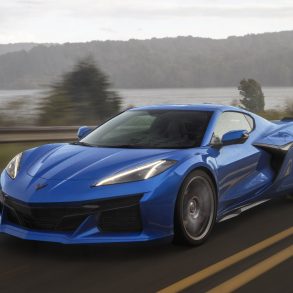
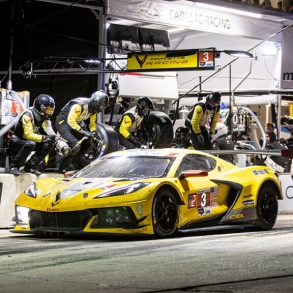

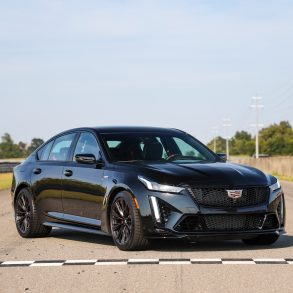
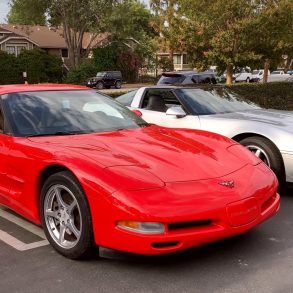
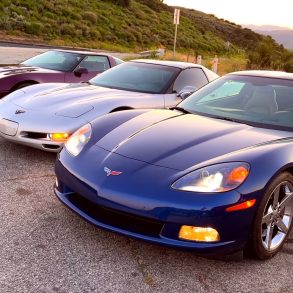
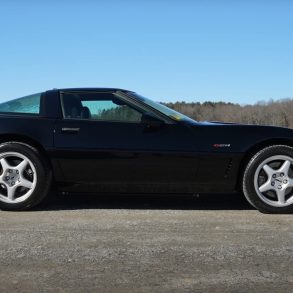

Great story of the only surviving 1983 Corvette. From a Corvette fan since 1953. I’ve owned a 71 and a 76.